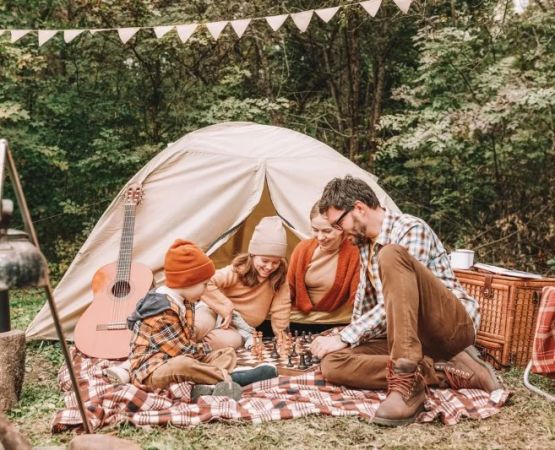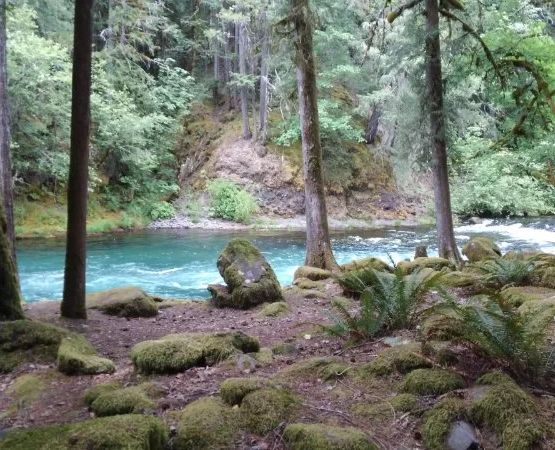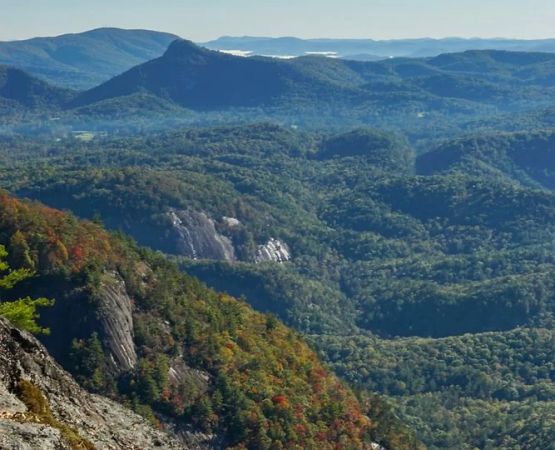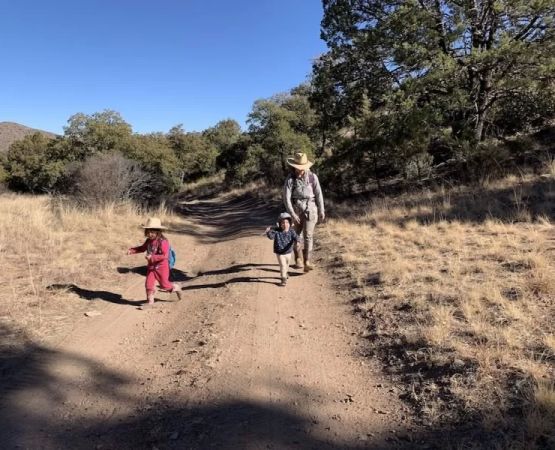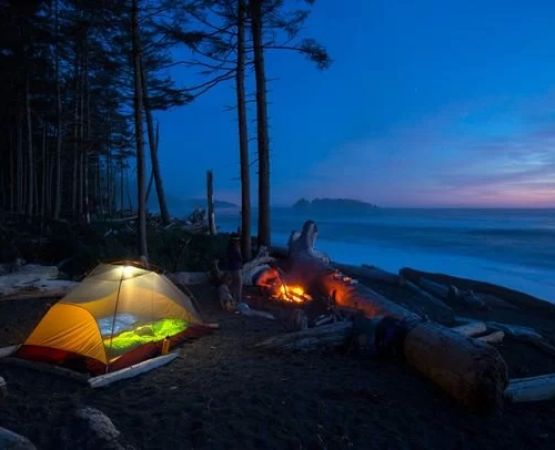- #how-to-prepare-for-a-severe-storm-while-car-camping - understanding-weather-risks - planning-ahead - campsite-selection
- #storm-safety-essentials - emergency-kits - safe-shelter - food-and-water-preparation
- #real-experiences-car-camping-storms - lessons-learned - mistakes-to-avoid - community-stories
- #staying-calm-and-protected - communication-plans - vehicle-safety - mental-preparedness
- #planning-your-next-trip - practical-recommendations - storm-ready-gear - pine-cliff-resort-support
How to Prepare for a Severe Storm While Car Camping
Car camping is one of the most rewarding ways to experience the outdoors, offering comfort and flexibility. However, when nature takes a dramatic turn, a severe storm can transform a peaceful camping trip into a stressful challenge. Being prepared is not just about gear—it’s about mindset, planning, and making smart choices when the skies grow dark.
Storm Safety Essentials
1. Building the right emergency kit
An emergency kit is the foundation of storm readiness. Essentials should include a first-aid kit, a flashlight with extra batteries, a portable phone charger, blankets, and a battery-powered weather radio. Small items like waterproof matches, multi-tools, and glow sticks often make the biggest difference in stressful situations. Many seasoned campers stress that keeping the kit easily accessible inside your car—not buried in your trunk—is critical during sudden weather changes.
2. Choosing safe shelter options
During a severe storm, your vehicle is often safer than a tent, especially when lightning or high winds are involved. Position your car away from large trees that could fall and avoid flood-prone areas. In extreme cases, identifying nearby designated shelters is a smart backup. A camper once shared that parking their vehicle on slightly higher ground during a flash flood warning saved them from an otherwise dangerous night.
3. Stocking food and water
Storms may delay your departure or limit cooking options. Non-perishable food like energy bars, canned goods, and trail mix can keep you nourished without requiring heat. Storing at least one gallon of drinking water per person per day is recommended. Some campers also bring a compact water filtration system as a backup in case bottled water runs out.
Real Experiences from Car Camping Storms
Lessons learned from past events
Stories from fellow campers reveal how preparation—or lack thereof—shapes the outcome of a stormy night. A group in Colorado recalled panicking when hail damaged their tent, only to realize later they should have stayed in their SUV. Their experience underscores the importance of planning storm safety measures in advance.
Common mistakes to avoid
One of the biggest mistakes is underestimating weather warnings. Ignoring a thunderstorm watch can leave campers scrambling in unsafe conditions. Another error is parking in low ground, which quickly becomes hazardous during heavy rainfall. These avoidable missteps highlight why research and caution matter.
Community stories and shared wisdom
Online camping communities often share real-life storm stories that emphasize preparedness. From unexpected tornado warnings in the Midwest to sudden desert downpours, each story carries the same lesson: storms rarely arrive with long notice, and readiness is always your best defense.
Staying Calm and Protected
Communication during emergencies
Severe weather often knocks out signals, but telling someone your itinerary before leaving for your trip can make a huge difference. In one case, hikers in Arizona were found quickly because they had shared their camping location with family. For car campers, keeping a charged satellite communicator can serve as a reliable backup.
Keeping your vehicle storm-ready
Since your car is both your shelter and escape route, make sure it’s fueled, maintained, and stocked with essentials. Check tire pressure, ensure windshield wipers work, and keep extra fuel if you’re heading into remote areas. A well-maintained vehicle can mean the difference between waiting out the storm in safety or facing additional hazards.
The role of mindset in storm survival
Staying calm is as important as any gear. Panicking often leads to poor decisions, while maintaining composure allows you to follow your plan and adapt as needed. Simple practices like controlled breathing, focusing on tasks, and staying informed with weather updates help you stay grounded when the situation feels overwhelming.
Planning Your Next Trip with Storm Preparedness in Mind
Practical recommendations for storm readiness
Before heading out, always check weather forecasts for your destination and create a plan for shelter and escape routes. Test your emergency kit regularly to ensure items are functional. Experienced campers suggest treating storm preparation as part of your trip checklist rather than an afterthought.
Investing in storm-ready gear
Storm-rated tents, waterproof tarps, and vehicle-specific emergency tools are investments that pay off in safety and peace of mind. Many outdoor gear stores now highlight storm-prep sections for campers who want to be ready for unpredictable conditions. Durable, quality equipment often makes recovery faster and less stressful.
Resources at Pine Cliff Resort
If you’re planning your next adventure and want guidance on storm safety, Pine Cliff Resort provides resources, gear recommendations, and experienced staff who can help tailor your preparation to your camping style. Whether it’s choosing reliable equipment or learning storm response strategies, their support ensures you can enjoy nature without unnecessary risk.

